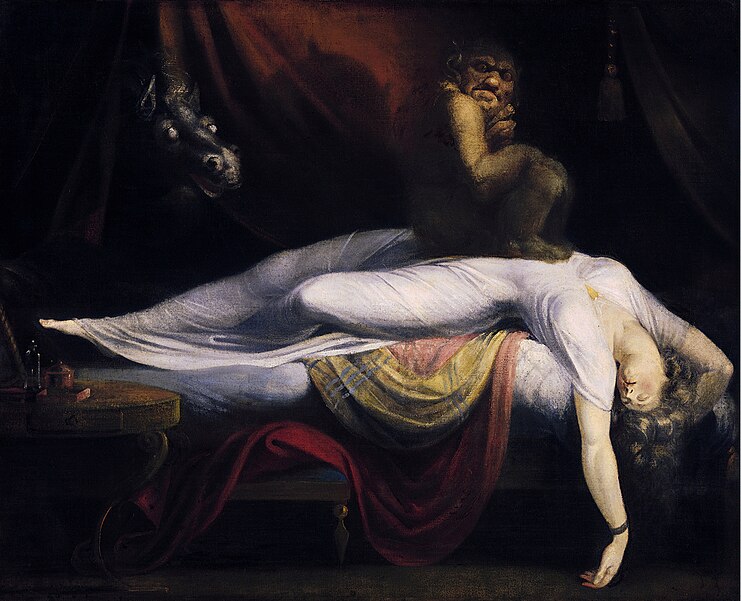The plant Mandragora officinarum, more commonly known as mandrake, is a plant that has interested people in various fields throughout history. Firstly, the root is split into two at the end, giving the uprooted plant the appearance of a human being. Secondly, it belongs to the nightshade family, containing plants such as the infamous deadly nightshade (belladonna), tobacco, Datura, petunia, tomatoes and potatoes. Like its relatives the belladonna and Datura, mandrakes contain alkaloids such as atropine, scopolamine and hyoscyamine. These substances are potent (and toxic) hallucinogenics and sedatives, which is why they have had various uses ranging from witchcraft to anaesthesia to murder through poisonings.

The shape of the mandrake and its hallucinogenic effects have given it notoriety. Legend goes that when a mandrake root is dug up, it shrieks with such terror that anyone who hears it will die – possibly referring to the toxicity of the alkaloids. Historical texts give detailed instructions on digging up mandrakes by tying a hungry dog to the root and making it pull the plant out of the ground when the owner is out of earshot and he lures the dog with food.

Other folklore suggest that mandrake only grow when the ground is inseminated by semen dripping from a hanged man. This folklore is likely fuelled by the mandrake’s human-like appearance. Ancient and medieval literature associates mandrake being used to make fertility agents and love potions(again, likely related to the hallucinatory, sedative effects). Mandrake is a common ingredient in magic rituals of various kinds, such as in Wiccan rituals.
Alkaloids extracted from mandrake have been used in medicine since the Middle Ages, where extracts were used to anaesthetise patients before surgery, as it has a sedating, hypnotic effect. Eye drops made from mandrake extract were used for hallucinations and mandrake syrups were used to aide sleep. In modern medicine, scopolamine is used in motion sickness patches and atropine is used to speed up the heart rate when it slows too much.
The extensive list of supposed and actual properties of mandrake has made it a popular plant in fiction as well and it can be found in countless works throughout time, such as works of Shakespeare, Sir Arthur Conan Doyle and J.K. Rowling.






